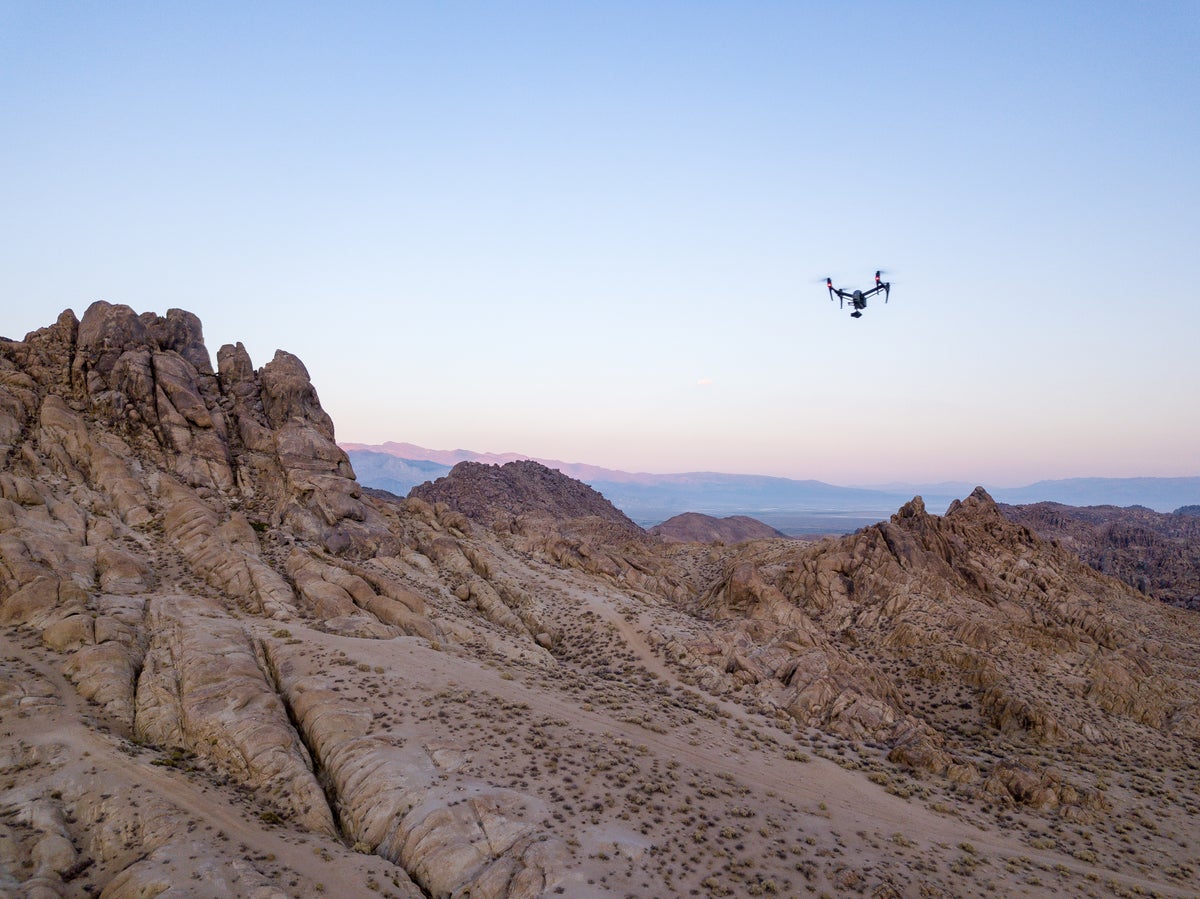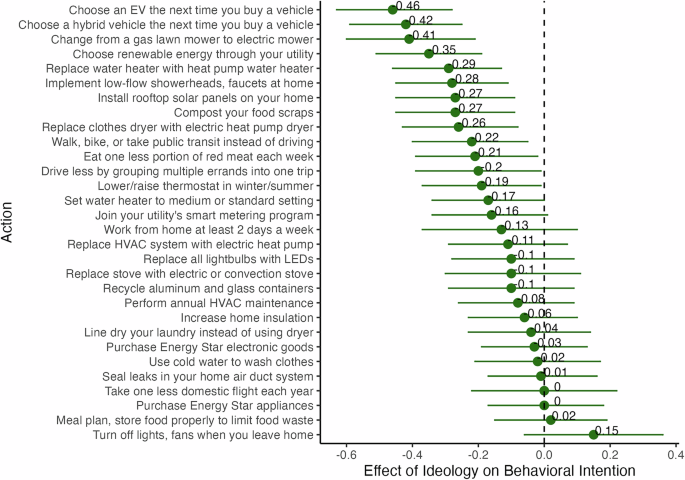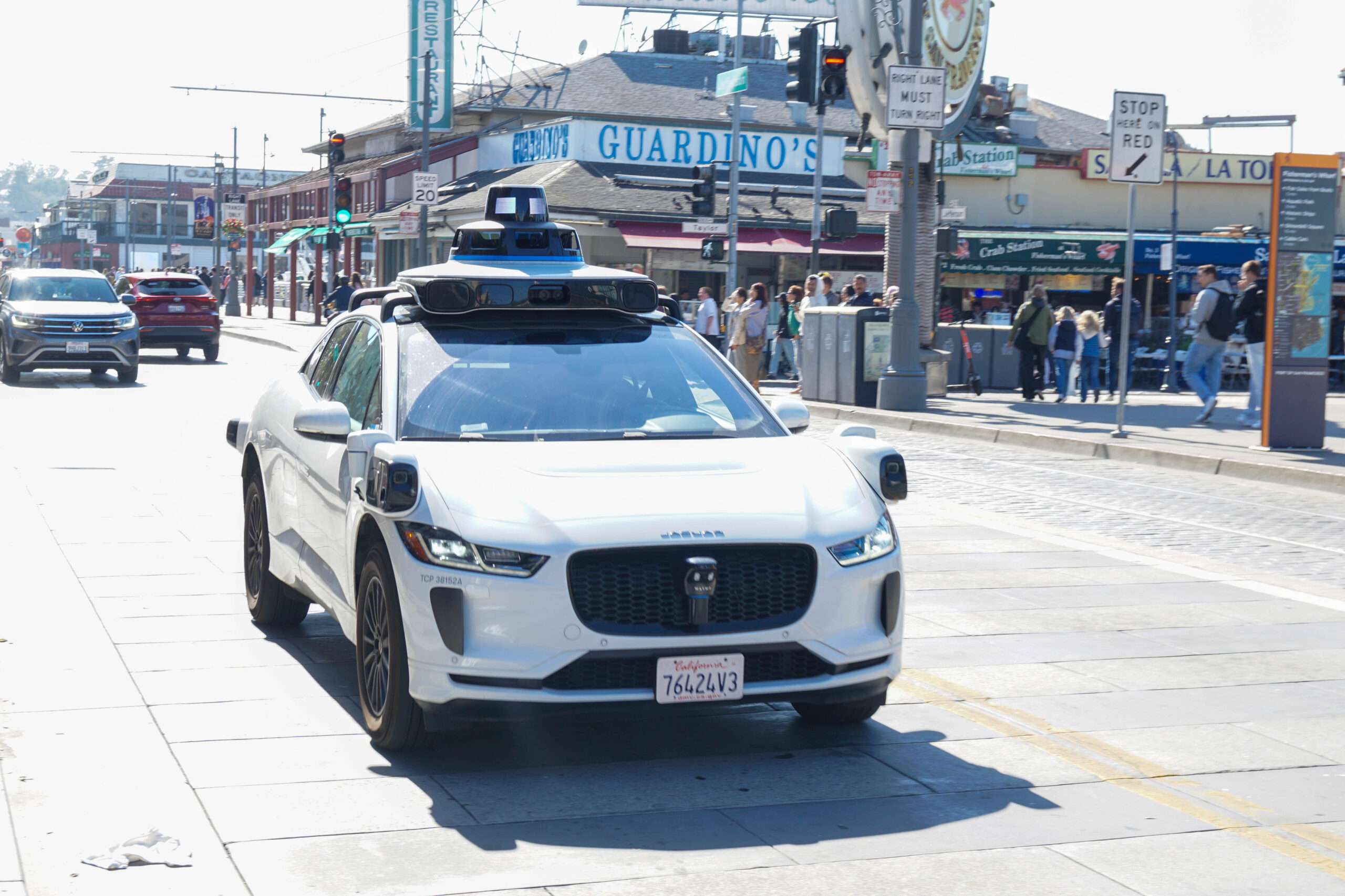
Drones Are Doing the Dirty, Dangerous Work of Search and Rescue
A few years ago a Scottish mountaineer who was descending Broad Peak—a menacing, 26,400-foot Himalayan crag on the Pakistan-China border—fell from an ice cliff. His team, inferring an accident had happened because he didn’t return and thinking he couldn’t possibly have survived, continued to a lower camp. When other mountaineers there heard about the lost climber, they thought perhaps they could help: They happened to have a drone. Maybe they could try to find the man or his body?
The mountaineers flew the quadcopter—and scanned with its camera—through cold and blustery winds to the climber’s suspected position. And despite being alone without supplies for 36 hours, there he was—alive—clinging to an icy cliff face with his crampons. He was tagged with GPS coordinates, and a rescue team reached him within hours, ending the harrowing ordeal. “Without use of the drone, locating the climber and executing such an efficient rescue would have been unlikely,” according to a 2019 case study published in Wilderness & Environmental Medicine.
The climber was one of thousands of people who get lost, hurt or killed in the wilderness every year. Mushroom hunters wander, hikers turn their ankles and mountaineers get “cliffed out,” finding themselves in a spot where they can neither go up nor down. Volunteer search-and-rescue (SAR) teams often need to step in. With the survival clock ticking, SAR teams doing searches typically have had to scout by guesswork and meticulously comb big patches of remote territory on foot. Traditionally, if they knew approximately where a missing person was—but needed to, say, scale a rock wall to get to that person—they would have to gather their geography intel from the field. But all this is now changing as SAR teams get access to cheaper and easy-to-use drones, helping them find lost people faster while keeping rescuers safer.












